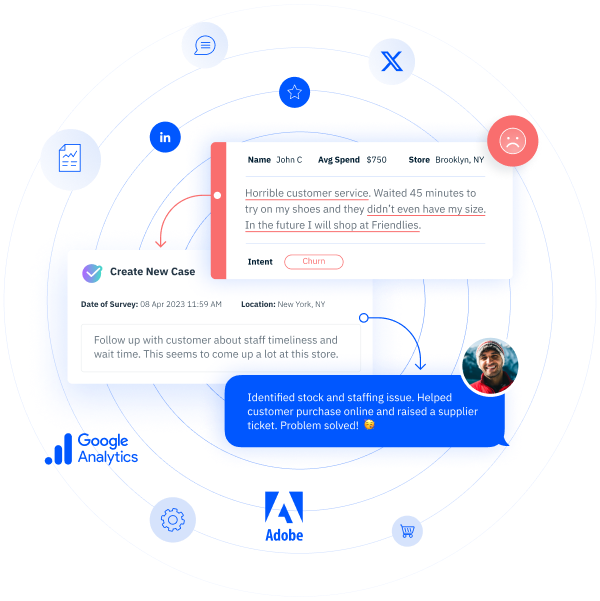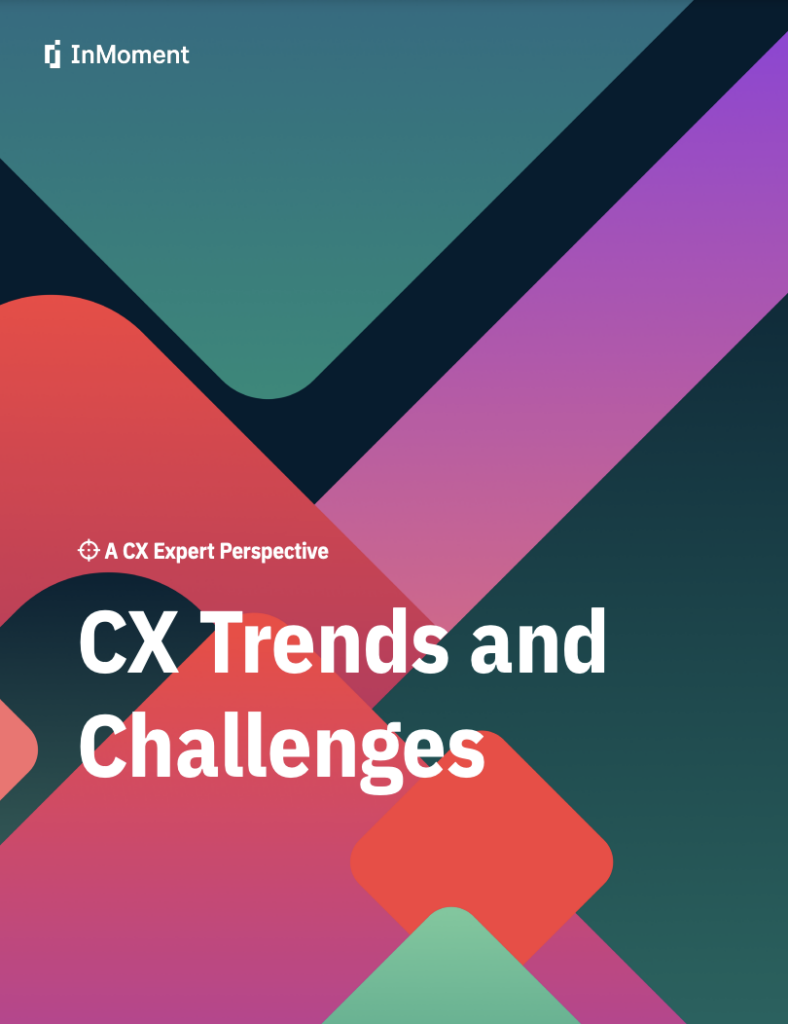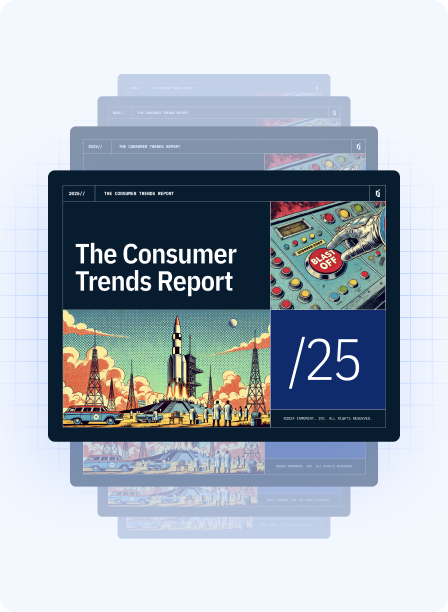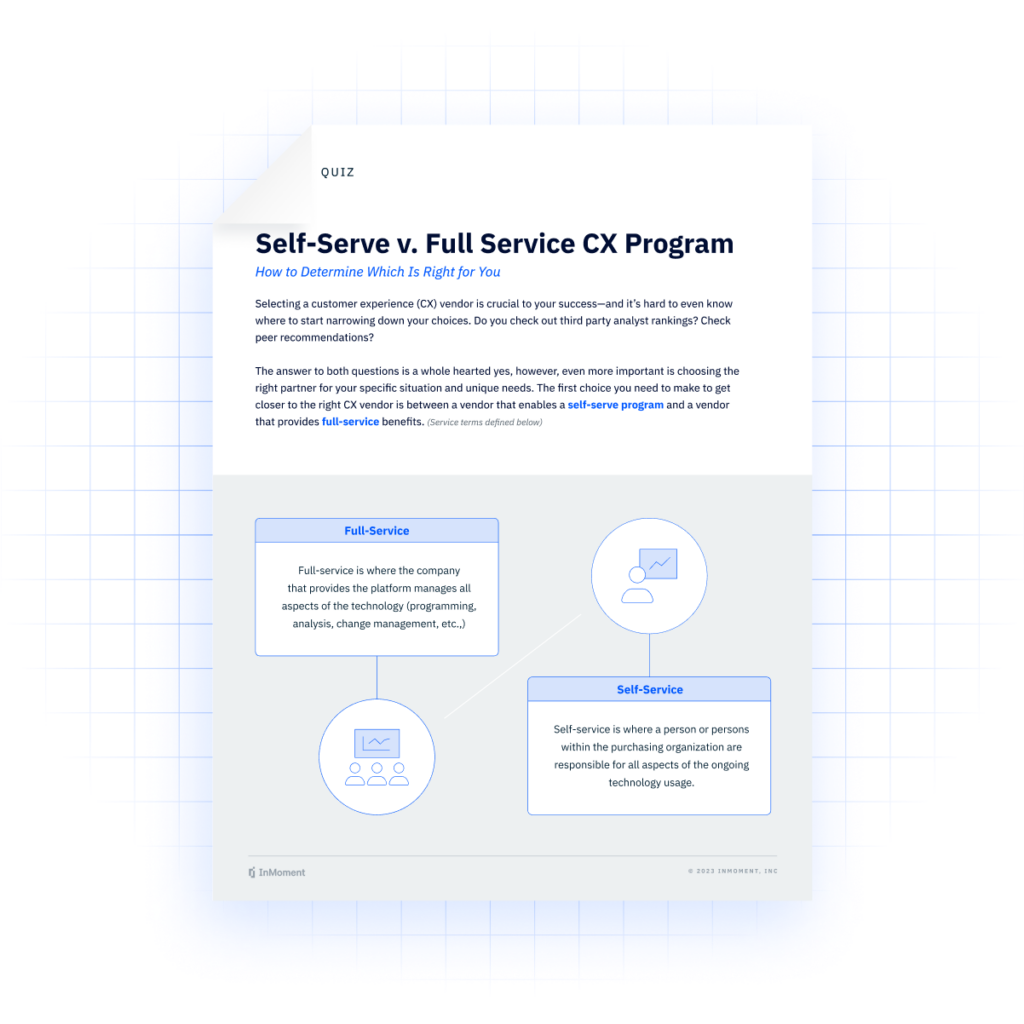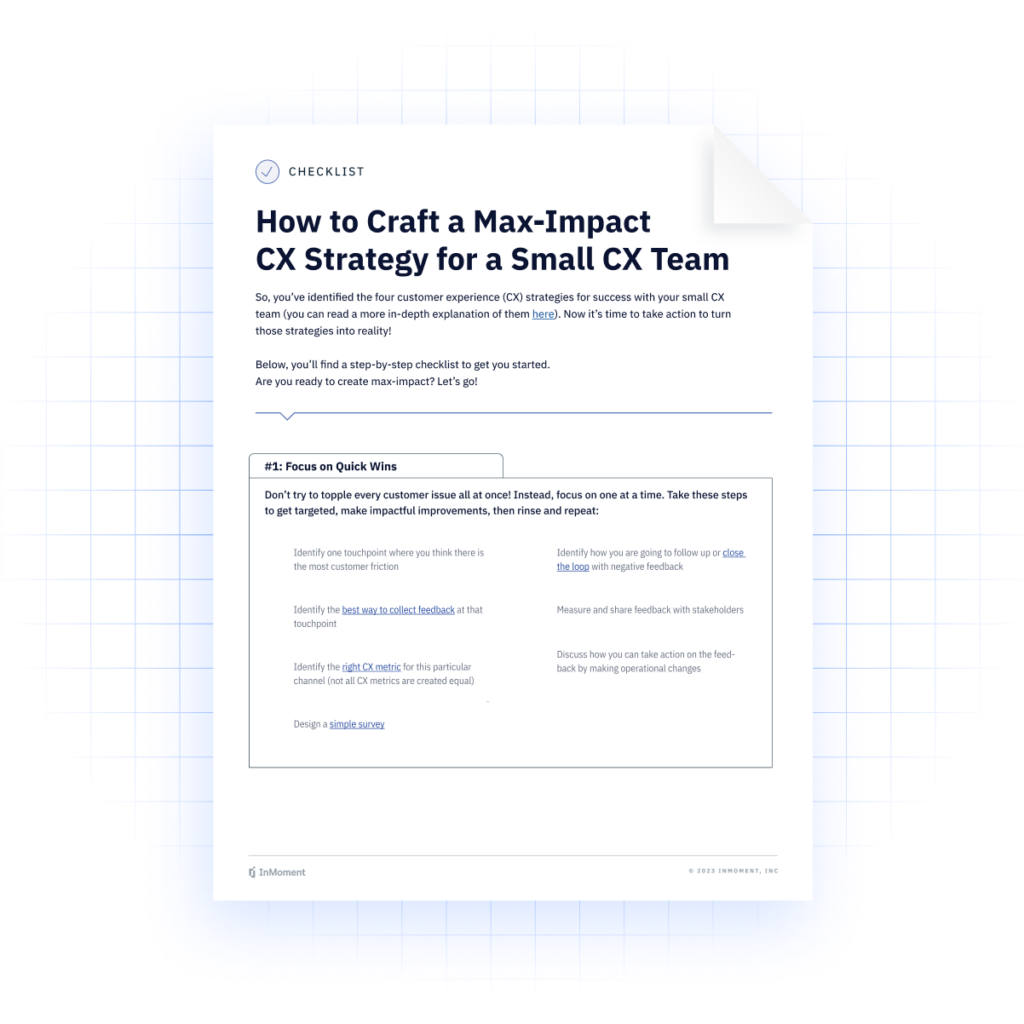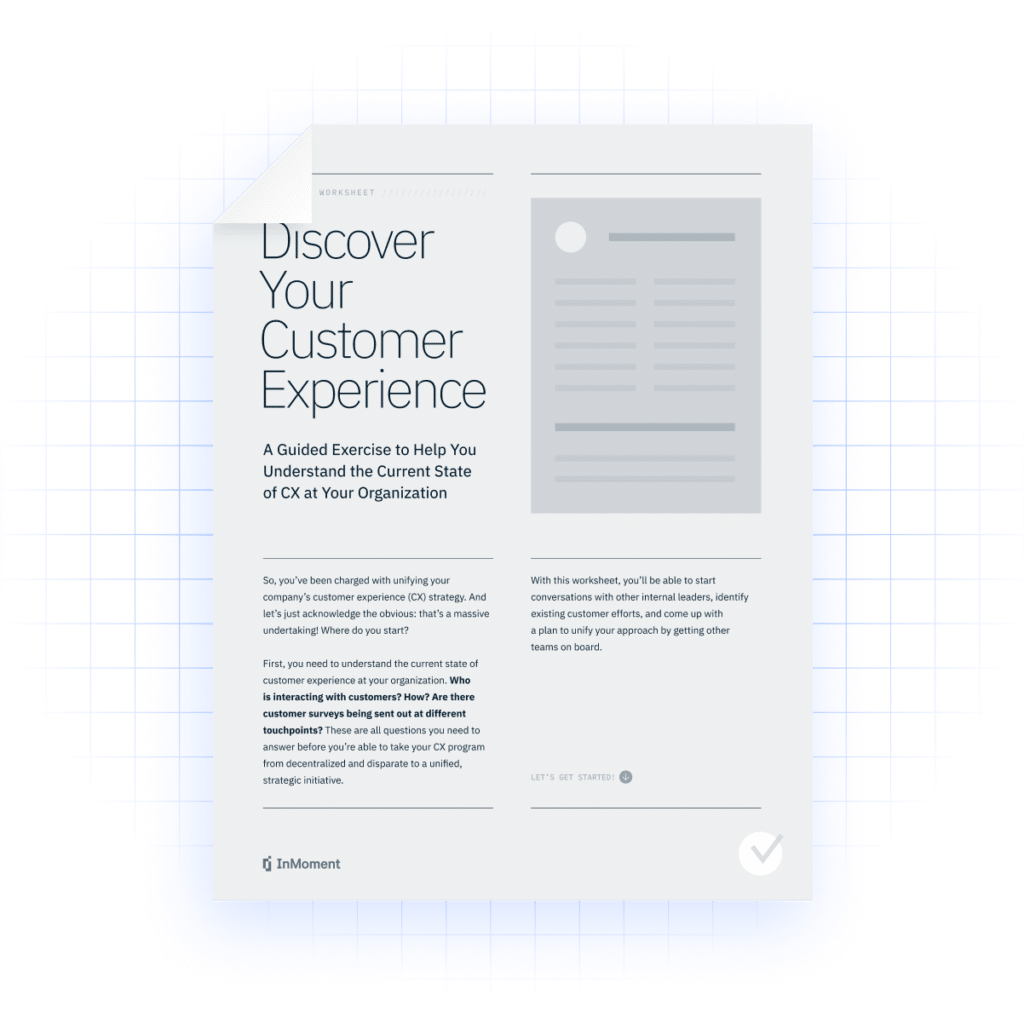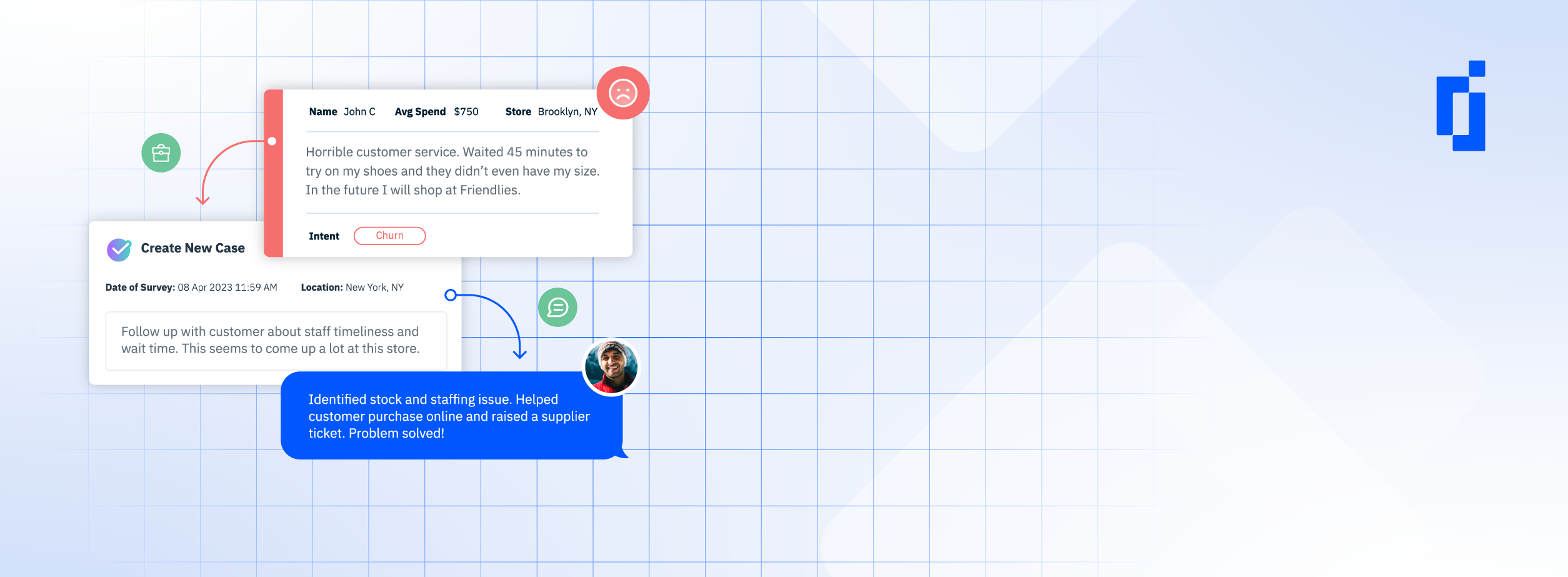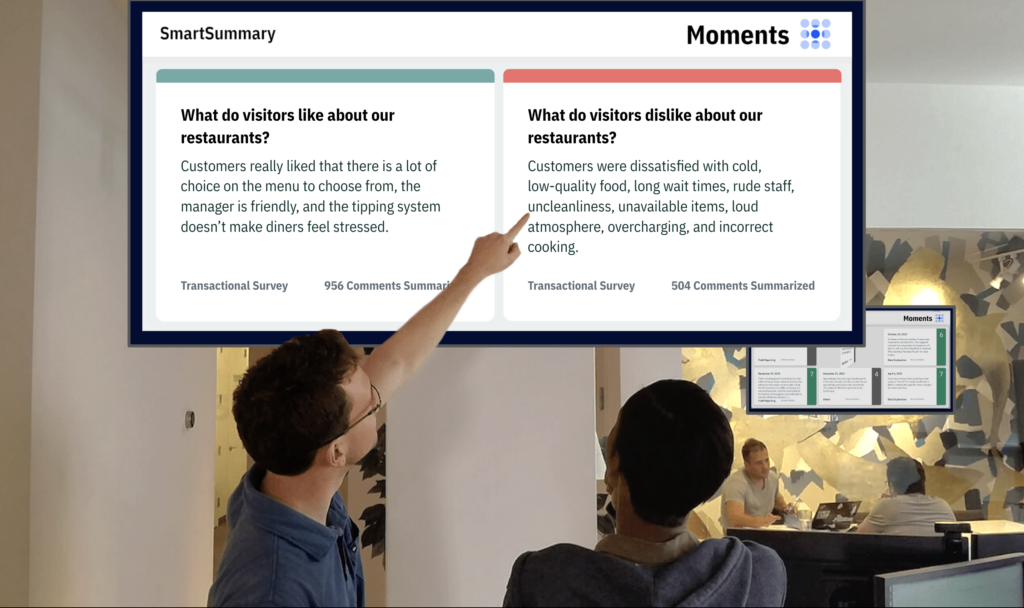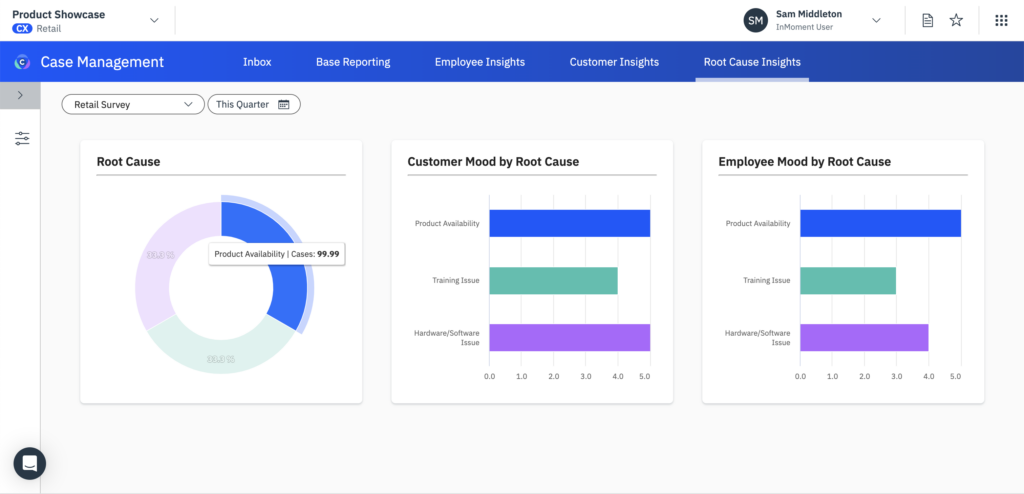Customers are the lifeblood of any business, and providing them with a great experience can lead to increased loyalty, higher satisfaction, and improved brand reputation. It’s simple: every company needs customers, but what happens when there are so many brands to choose from? How can brands stand out? The customer experience (CX) is crucial for any business that wants to succeed in today’s highly competitive market. Great customer experience doesn’t just happen as soon as you send out a survey; it needs to be planned and designed purposefully.
In this article, we’ll discuss what designing an effective customer experience looks like, what makes it different from user experience and customer service, why it matters, the elements of customer experience design, and how to design a great customer experience from start to finish.
What Is Customer Experience Design?
To start, what is customer experience? Customer experience is every interaction your customers have with your company at any point. That experience affects how they view your organization and products, as well as their loyalty. Customer experience design is the process of creating the customer experience at all touchpoints, from the initial discovery phase through to the post-purchase phase. It’s what your company does to ensure a positive customer experience across all stages of the customer journey.
The goal of customer experience design is to create a positive, memorable experience for customers that meets their needs, exceeds their expectations, and strengthens their relationship with the brand. It’s a way to move your customers through their journey while actively working to make that a smooth and easy process. Customer experience design involves a multidisciplinary approach, including user research, journey mapping, visual design, and user experience (UX) design.
A great customer experience can lead to increased customer loyalty, higher customer satisfaction, improved brand reputation, increased revenue, and a competitive advantage. So focusing on customer experience design is a way to actively work toward creating that great customer experience and helping your company benefit from it.
Customer Experience vs. User Experience vs. Customer Service
Customer experience is often confused with other similar terms. While customer experience, user experience, and customer service are related, they are not the same thing and should not be discussed interchangeably. Understanding the differences between these concepts is crucial to creating a great customer experience. So, let’s dive into the differences.
Customer Experience
The customer experience encompasses the customer’s experience with the overall brand at all touchpoints before and after purchase. It includes all interactions with the brand, including marketing, sales, customer service, and post-purchase interactions. It’s every ad, every social media post or comment, every article that a customer reads, and much more. It’s even walking past your storefront or coming across your website. The goal of customer experience is to create a positive, memorable experience that will ultimately strengthen the relationship between a customer and your brand.
User Experience
User experience (UX) is specific to the experience of navigation, usability, and interface design of a specific product or service. It focuses on the user’s interactions with a product or service, including how easy it is to use, how it looks, and how it feels. Basically, it’s your customer’s experience with your product.
Customer Service
Customer service is the experience that customers have with your representatives about products or services. It includes interactions with customer service representatives, returns, and warranty claims. Again, customer service is a piece of the larger picture of your customer’s experience with your brand. Good customer service is crucial for creating a great overall customer experience because it helps customers feel valued and supported even after the purchase is complete and when something goes wrong.
Benefits of a Great Customer Experience Design
Let’s take a closer look at all of the benefits of dedicating time and effort to designing a great customer experience. A great customer experience design can lead to numerous benefits for your business, including:
Increased Customer Loyalty & Retention
A great customer experience design can create a strong emotional connection between a customer and your brand, leading to increased customer loyalty. Essentially, if your company can develop a real relationship with customers, they will continue to come back again and again. Loyal customers are more likely to make repeat purchases, recommend your brand to others, and provide positive reviews and feedback. Plus loyal customers are what makes running a business so rewarding.
Higher Customer Satisfaction
A great customer experience design can lead to higher customer satisfaction, as customers feel that their needs and expectations are being met. Higher customer satisfaction can lead to increased revenue and improved brand reputation. Plus you get the satisfaction of creating something that benefits people.
Improved Brand Reputation
When you provide a great experience for your customers, they’re going to spread the word. Satisfied customers are more likely to provide positive reviews and feedback, as well as recommend your brand to their friends. So if your customers have a great experience with you, that’s what your company will be known for.
Increased Revenue
A great customer experience design can lead to increased revenue. It’s a simple formula: satisfied customers are more likely to make repeat purchases and recommend the brand to others. This leads to more revenue for your company. Increased revenue can lead to business growth in the long run and help you have the opportunity to continue to provide excellent products and experiences.
Competitive Advantage
A great customer experience design can provide a competitive advantage in a crowded marketplace. There are so many brands for everything, but companies that provide a good experience are where people want to go. Customers are more likely to choose a brand that provides a great experience over a brand that does not. So to stand out and be chosen above a competitor, provide a great experience for your customers.
Elements of Customer Experience Design
Customer experience is so important, but what makes up the process of designing CX? These are the most common elements of customer experience design that are important to consider when crafting an excellent CX.
User Research
User research is the process of gathering information about customers to better understand their needs, behavior, and expectations. To understand how to provide a good experience for your customers, you need to understand who your customers are, what their problems are, and how to solve them. User research can include surveys, interviews, focus groups, and usability testing.
Journey Mapping
Journey mapping is the process of mapping out the customer’s journey from initial discovery to post-purchase interactions. It’s about knowing where your customers start and what leads them to an eventual purchase. It helps your company understand the customer’s perspective and identify any pain points that might hinder the journey. Journey mapping can be used to create a customer experience that meets the needs of the customer at every touchpoint.
Visual Design and UX
Visual design includes the look and feel of the product or service, including branding, colors, and typography. UX design focuses on the usability and functionality of the product or service, including navigation, information architecture, and interaction design. Visual design and UX design work together to create a seamless, enjoyable customer experience. When visual design and UX are prioritized, your company can create a website and products that are easy to use, meet customer needs, and provide customers with a great experience.
Designing a Great Customer Experience from Start to Finish
With those elements in mind, let’s look at the steps to designing a great customer experience, from start to finish.
Discovery Phase
The discovery phase involves identifying customer needs and understanding their behavior and expectations. This phase is when you utilize user research, market research, and analysis of customer data. It’s important to develop a deep understanding of who your customers are, their current journey, their pain points, and any areas for improvement when designing your customer experience.
Definition Phase
With a clear understanding of who your customers are, it’s time to define what success looks like. The definition phase involves defining goals, objectives, and key performance indicators (KPIs) to measure the success of your customer experience design. The definition phase helps ensure that your customer experience design is aligned with your overall business goals and customer needs.
Design Phase
The design phase involves creating a blueprint for your customer experience. You’ve come up with great ideas for what your customers truly need (hopefully revealed in the discovery phase), and you know what success looks like (thanks to the definition phase), so now you can make a plan for how to get from A to Z. You might prototype, test, and refine the design based on research and goals. The goal of the design phase is to create a customer experience design that works when you put it into action.
Development Phase
The development phase involves bringing the customer experience design to life. You get to take your blueprint and make it into the actual experience for your customers. This phase can include developing necessary systems, processes, and tools to support the customer experience design.
Deployment Phase
Once you have a developed plan, you can put it into action. The deployment phase involves launching the customer experience design. This phase can include training employees, communicating with customers, and ensuring that everything is working as intended. Now your customers will get to experience a deepened relationship with your brand.
Continuous Improvement
Simply executing a plan does not mean that your work is done. The continuous improvement phase involves monitoring, evaluating, and improving your customer experience design. You can seek out customer feedback and make any needed changes. The goal of the continuous improvement phase is to ensure that the customer experience design is always improving and meeting the real needs of your customers.
Design a Great Customer Experience With InMoment
The InMoment XI Platform offers a comprehensive suite of tools and services that allow businesses to collect, analyze, and act on customer feedback in real time. Businesses can use these tools to do necessary research about their customers and to evaluate CX design and work toward continuous improvement.
InMoment’s solution is also valuable when developing your CX design. InMoment provides businesses with actionable insights that can be used to identify and prioritize areas for improvement, design, and test new customer experiences, and measure the impact of changes on customer satisfaction, loyalty, and revenue.
In addition to its platform, InMoment offers expert consulting and professional services to help businesses develop and implement effective customer experience strategies that align with their business goals and customer needs. InMoment’s team of experts can provide guidance on user research, journey mapping, visual design, UX design, and more.
Final Thoughts
A great customer experience design is essential for any business that wants to succeed in today’s highly competitive market. In today’s competitive landscape, simply having an exceptional product may no longer be enough to win over customers. By designing a great customer experience, businesses can increase customer loyalty, improve brand reputation, and increase revenue. Designing a great customer experience involves multiple elements, including user research, journey mapping, visual design, and UX design—and it is a step-by-step process that includes multiple phases.
By using InMoment’s platform and services, businesses can create a great customer experience that meets the needs of their target audience and aligns with their business goals. InMoment can help businesses stay ahead of the competition by providing real-time feedback and insights that can be used to continuously improve the customer experience. Get started with InMoment to begin designing a great customer experience.

